25 August 2023
By Catalina Grosz
Share
Why does gender affect the uptake of pro-environmental behaviours?
A/N: In this piece we consider the gender categories of cis-male and cis-female and examine the differences between these two identities. However, we acknowledge that gender is a fluid spectrum that encompasses many identities not captured here. Further research is merited to understand the relationship among diverse gender identities and pro-environmental behaviours (PEBs).
The phenomenon
In a recent project for universities across Ireland, we were tasked with promoting recycling behaviours amongst students and staff. When the results came in, something caught our attention: significantly more women had participated in our study than men (68% women versus 32% men, n = 2590). Research on environmental behaviours has shown that women tend to recycle more, have a smaller carbon footprint, and overall are more committed to the ethical lifestyle (Mintel, 2018; Räty and Carlsson-Kanyama, 2010; Zelezny, Chua and Aldrich, 2000). Men’s lack of engagement with pro-environmental behaviours (PEBs) may appear to be due to a lack of care for the environment, however, research into the uptake of PEBs has shown that this disinclination may be explained by other factors.
The difference in the uptake of pro-environmental behaviours has been termed the Eco-Gender Gap, referring to women’s higher uptake of a sustainable lifestyle, both in terms of consumption and practise (Hunt, 2020) as compared to their male counterparts. This gap was originally attributed to women’s greater tendency to prioritise altruism, a value that strongly predicts PEBs (Dietz et. al., 2003).
Brough and colleagues (2016) propose another explanation for this gap. They showed that, in public situations, men shy away from eco-friendly behaviours, not because they don’t care about the environment, but because they are afraid of being branded as feminine for doing so. This fear is based on a strong psychological link, derived from social stigma, between eco-friendliness and the perception of femininity. Termed the green-feminine stereotype, this cognitive association is shared by both men and women, who, for example, judged shoppers who brought a canvas bag as more feminine regardless of whether the shopper was male or female (Brough et. al., 2016; Brough and Wilkie, 2017).
The cause
Brough and colleagues (2016) attributed their green-feminine stereotype to marketing and branding. Traditional green marketing uses a palette of greens and browns, frilly fonts and often carries names that make reference to nature and calm (for example, Greenpeace and Friend of the Earth). This, combined with women’s historical gender role of the homemakers and primary consumers for the home (Bloodhart and Swim, 2020) have strengthened the association between traditionally green-branded products and services and femininity.
Additionally, men face barriers when it comes to the adoption of PEBs due to the nature of their gender identity. According to Bosson and Michniewicz (2013), the masculine identity must be carefully honed and society can be quite harsh towards men who transgress its norms. This need for gender identity maintenance can greatly impact men’s choices and behaviours, as they will attempt to avoid identity discrepancies. Examples of this can go as far as men choosing the more masculine foods and household items, such as meat products and products with sharp edged designs, if given the chance to consider their options (Gal and Wilkie, 2010; Turner et. al., 2013).
The attempted solutions
We now understand that men don’t shy away from PEBs because of a lack of interest in sustainability, but rather to preserve their gender identity. Taking this into account, there are several potential approaches for encouraging the uptake of PEBs among men.
The first approach is one proposed by Brough and colleagues (2016) and later endorsed by others (Brough and Wilkie, 2017; White, Hardisty and Habib, 2019; Hunt, 2020). Since men avoid green-branded products, but will actually make more sustainable choices if their masculinity is reinforced, Brough and Wilkie (2017) suggest that green products targeted at men should be branded accordingly, in what they call a “‘Men’-vironmentally friendly” way. “Men”-vironmentally friendly products and services would be branded using more manly fonts, words, colours and images. Brough and Wilkie (2017) provide the example of men’s preference of a non-profit organisation with blue and black brand colours and the name “Wilderness Rangers” over an identical brand named “Friends of Nature” featuring a tree logo and green colours.
However, gendering green products for men’s identity is only a short-term solution, and one that could actually be reinforcing the gender gap of sustainable consumption. Other solutions have included “neutralising” green messages, essentially stripping them from any association with traditional green marketing and addressing instead gender fluidity (Zazzini, 2022). However, due to the strength of the association between green behaviours and femininity, neutral marketing campaigns can only go so far.
The next step
To strip green behaviours from their feminine associations would require a complete shift in perceptions. Our proposed solution is aimed at raising awareness and educating consumers, alongside running gender-neutral campaigns. According to Pietro-Sandoval, Torres-Guevara and García-Díaz (2022), green marketing campaigns should aim to educate, create communities, and address diversity. Pietro-Sandoval and colleagues emphasise that green consumers don’t all come from the same mould, meaning that they are all driven by different motivations. The researchers emphasise that marketing campaigns should recognise and study this diversity to improve the experience of sustainable consumption. It should also avoid differentiating by gender. In this way consumers, regardless of their gender, can become aware of the impact their decisions have on the environment and on society.
Many firms today have begun to implement this approach. In 2022, Corona launched their Plastic Fishing Tournament campaign, aimed at showcasing the impact of single-use plastic on beaches and fishermen around the world. Patagonia, a great advocate of sustainable consumption, launched a short film titled ‘The Monster in our Closet’ which also addressed the need for raising awareness and educating consumers. These campaigns do not follow the traditional styles of green marketing, nor do they attempt to market explicitly to men, instead focusing on shining a light on the impacts of consumer actions and promoting sustainable lifestyles through education.
This style of campaign has the potential to help minimise the gap between the sustainable practices of male and female consumers. Moreover, we must acknowledge that gender identity is evolving away from the conceptions of masculine and feminine binaries. Thus, there is ample opportunity for public understanding of the connections between environmentalism and selfhood to evolve alongside our awareness of gender identity. Afterall, sustainability shouldn’t be gendered, as it’s in everyone’s best interest to keep our planet alive.
Recommended reading:
- Men Resist Green Behavior as Unmanly by By Aaron R. Brough, James E.B. Wilkie
- The eco gender gap: why is saving the planet seen as women’s work? by Elle Hunt

